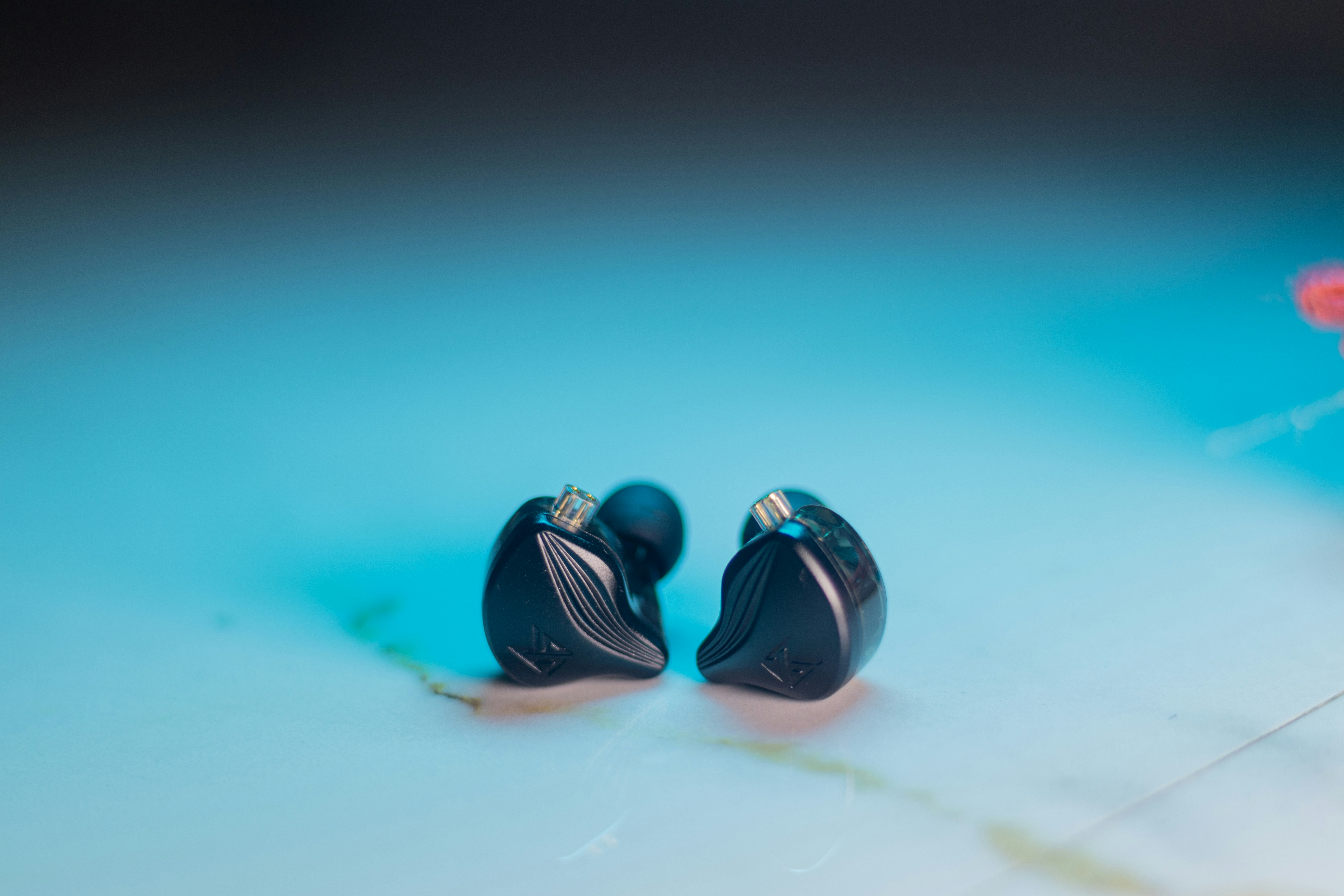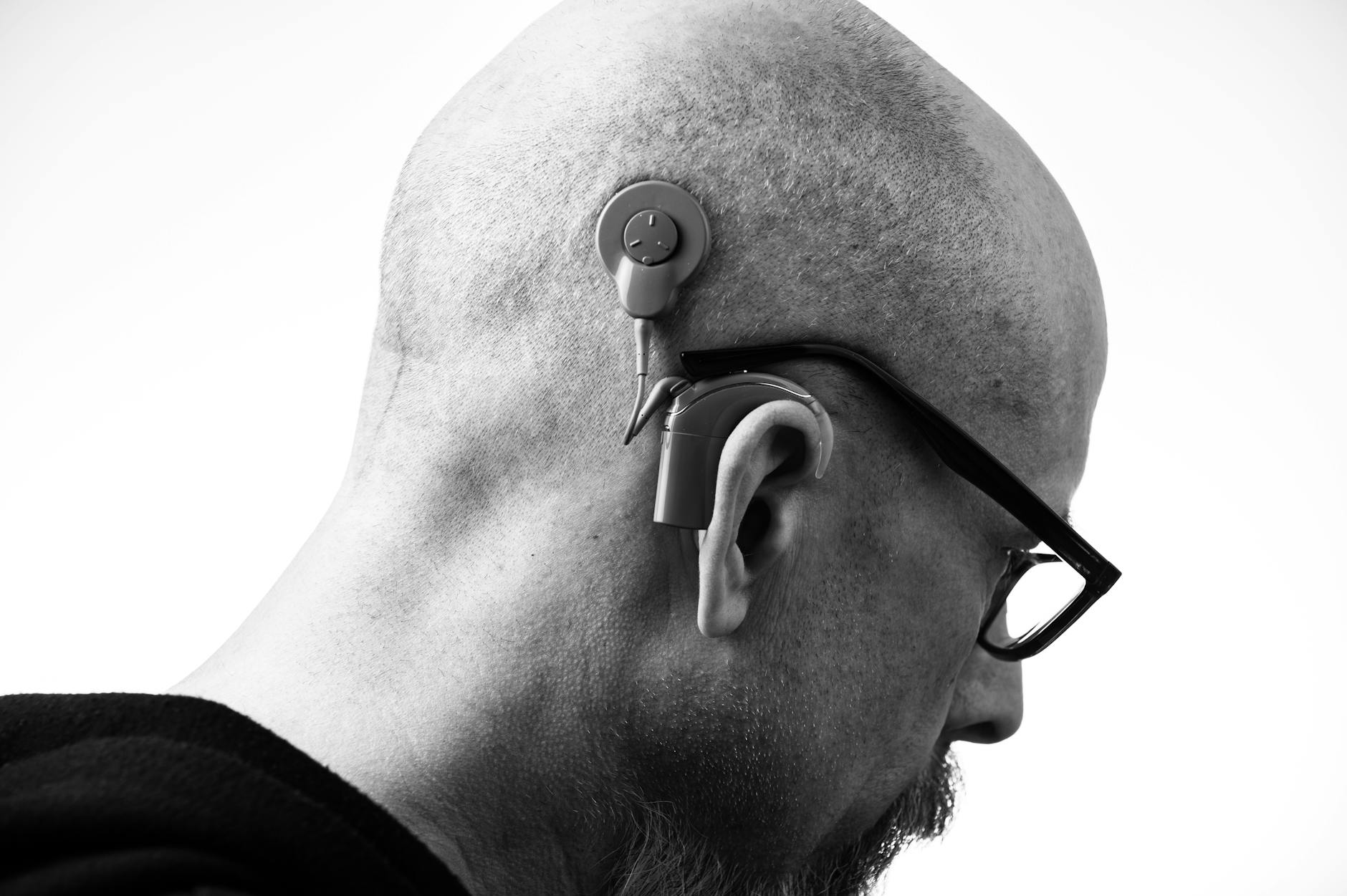Short version: Even the best hearing aids can miss the mark if they aren’t tuned to your unique ear acoustics. Real-ear measurements (REM)—also called probe-mic or speech mapping—let your audiologist see what your hearing aids are actually doing in your ear, then adjust until speech hits evidence-based targets. The result: less guessing, more clarity.
Why Some Hearing Aids Still Don’t Sound Right
If you’ve ever thought, “I can hear, but I can’t understand,” you’re not alone. Many fittings rely on manufacturer software and averages. But your ear canals aren’t average. They’re like fingerprints—different lengths, shapes, and vent sizes that can boost some pitches and swallow others. Without measuring what happens inside your ear, a fit can be off by 5–15 dB at key speech frequencies. That’s the difference between catching every word and nodding along.
Real-ear measurements remove the guesswork. They verify that your hearing aids deliver the right sound at the right pitches for your hearing profile—right where it matters: in your ear.
Real-Ear Measurements, Explained
What REM actually measures
An audiologist places a thin, flexible microphone tube alongside your hearing aid, a few millimeters from your eardrum. With your devices on, you listen to calibrated speech-like sounds. The probe microphone records the sound level reaching your eardrum while your hearing aid amplifies. Software compares that in-ear sound to prescriptive targets (most commonly NAL-NL2 or DSL) based on your audiogram.
When the measured curves meet the targets across soft, medium, and loud speech levels, we say the hearing aids are verified. This is different from a quick “sounds okay?” listen or a manufacturer’s auto-fit. It’s objective and repeatable.
Key terms made simple
- Prescriptive target: Evidence-based amplification goals for your unique hearing loss (e.g., NAL-NL2, DSL).
- Speech mapping: Visualizing how real speech is amplified in your ear across pitches.
- Probe mic: A tiny tube that measures sound at your eardrum while you wear your aid.
- Verification vs. validation: Verification checks if output meets targets; validation checks if you feel it’s working in real life (questionnaires, your feedback).
What a REM Appointment Looks Like
- Setup and safety check: Your audiologist inspects your ear canal and marks the probe tube to place it safely near the eardrum without touching it.
- Baselines: They may briefly measure your unaided ear acoustics, then insert your hearing aid with the probe tube in place.
- Presentation of calibrated speech: You’ll hear recorded speech at soft, normal, and loud levels that simulate daily life.
- On-screen targets: The software shows your current in-ear amplification compared to your prescription targets. Any gaps are easy to see.
- Fine-tuning: The audiologist adjusts gain, compression, and features (e.g., feedback manager, noise reduction) until your measured curves align with targets without making loud sounds uncomfortable.
- Validation: You try live voice and common sounds. You may complete a quick questionnaire about clarity and comfort.
Total time: often 20–45 minutes, depending on complexity (venting, custom molds, power devices).
Why REM Matters: Real Benefits You Can Feel
- Clearer speech, especially consonants: Hitting targets in the 2–4 kHz region helps the brain catch those crisp speech sounds like S, F, and T.
- Less listening effort: When amplification matches your needs, your brain works less to fill in the gaps. Many people report less fatigue by afternoon.
- Fewer follow-up visits: Getting it right up front reduces trial-and-error tweaks.
- Confidence your aids are doing their job: You and your provider can see the match to targets in real time. No more “trust me” fittings.
Research and professional guidelines consistently recommend probe-microphone verification as standard practice for adults with hearing aids. If you haven’t had REM, it’s reasonable to ask for it.
Common Myths About REM
- “My premium brand auto-fits perfectly.” Auto-fit is a smart starting point, but it can’t account for your unique ear acoustics. REM shows where it misses and guides precise corrections.
- “I have an open dome; REM won’t work.” It does work with open, closed, and custom vents. Your provider will measure with your real ear acoustics to avoid over- or under-amplifying.
- “REM is only for first fittings.” It’s also useful after firmware updates, significant hearing changes, dome or earmold changes, or when clarity slips over time.
- “It takes too long.” Most REM sessions add minutes, not hours—and often save multiple extra visits later.
What Targets Are We Hitting?
Two common prescription formulas guide amplification:
- NAL-NL2: Optimizes for speech intelligibility with comfortable loudness. Widely used for adults.
- DSL (Desired Sensation Level): Often used when audibility across frequencies is critical (frequent in pediatric fittings, but also useful for some adults).
Your audiologist picks the approach that fits your hearing profile, listening goals, and tolerance for loudness. The goal is audibility for soft sounds, comfort for loud sounds, and natural balance overall.
If Your Clinic Doesn’t Offer REM
Real talk: Not every clinic has REM equipment. If yours doesn’t, you still have options:
- Ask for outcome validation: Tools like the Abbreviated Profile of Hearing Aid Benefit (APHAB) or Client-Oriented Scale of Improvement (COSI) can track real-life gains.
- Ensure real-world tuning: Request adjustments using your own voice and typical listening levels in a quiet room and with background noise.
- Consider a clinic that provides REM: If you’re still struggling to understand speech, verified fitting is worth seeking out.
- OTC/self-fit users: If you’re using over-the-counter hearing aids, you won’t have probe-mic verification, but you can still improve results by carefully following in-app fitting steps, testing in multiple environments, and scheduling a consultation with an audiologist for an independent check.
Bottom line: If speech clarity is your goal, a verified fit gives you the best shot. If your current provider can’t offer REM, consider a second opinion with an audiologist who can.
How to Prepare for a REM Appointment
- Bring your typical setup: The domes or earmolds you actually use, your phone for streaming, and any remote mics you rely on.
- Know your priorities: Make a short list of two or three situations you most want to improve (e.g., spouse’s voice at home, small group dinners, Zoom calls).
- Be honest about comfort: If loud sounds bother you, say so. Comfort limits are part of a good verified fit.
- Allow time: Reserve enough time to measure and fine-tune without rushing.
What You’ll See on the Screen (And Why It Matters)
During speech mapping, you’ll see colored curves representing soft, average, and loud speech, along with shaded “target bands.” Your audiologist adjusts amplification until your curves sit comfortably within those bands at key speech frequencies (roughly 250–6000 Hz). You may also see a maximum output line, confirming loud sounds won’t be too loud.
When curves meet targets, your hearing aids provide audibility for soft speech cues while keeping loud sounds safe and comfortable—exactly what your brain needs to make sense of conversation.
Special Considerations
- Venting and occlusion: Open domes feel airy but leak low-frequency sound, which can rob bass and make voices thin. Custom molds or smaller vents can improve clarity; REM confirms the tradeoffs with you in the loop.
- Severe-to-profound hearing loss: Power devices, custom earmolds, and precise feedback control are essential. Verification helps squeeze every bit of useful audibility before considering cochlear implant evaluation. An audiologist can discuss options and referrals when appropriate.
- Asymmetrical hearing: Each ear is verified individually. Even small ear-canal differences can change the ideal settings.
- Remote care: Many adjustments can be made via telehealth after a verified baseline. Ask your clinic how they combine REM with remote follow-ups.
When to Repeat REM
- Noticeable hearing changes or a new audiogram.
- Hardware changes: New domes, molds, receivers, or a different model.
- Major software/firmware updates that affect gain or processing.
- Persistent clarity issues after initial fitting.
Questions to Ask Your Provider
- Do you use real-ear measurements to verify my hearing aids against NAL-NL2 or DSL targets?
- Can you show me my in-ear speech mapping and explain where we met targets?
- How do venting and earmold choices affect my results?
- What’s the plan to validate real-world benefit after today (questionnaires, follow-up timeline)?
- If I still struggle in noise, what accessories or strategies should we add?
What If Speech Still Feels Hard After a Verified Fit?
Hearing aids increase audibility; they don’t rebuild damaged inner-ear or neural processing. If you still find conversation effortful:
- Add a remote microphone: A small clip-on mic worn by the talker can dramatically improve signal-to-noise ratio in restaurants and meetings.
- Use directional programs: Learn when to switch into your device’s speech-in-noise mode.
- Practice listening: Short, daily auditory training can sharpen speech-in-noise skills over time.
- Check expectations: In very loud places, everyone—even normal-hearing listeners—struggles. Positioning, room choice, and tech help.
- Schedule a follow-up: Bring notes on specific scenarios. Your audiologist can tweak gain at critical frequencies, adjust compression speeds, or recommend accessory support.
If you’re unsure whether your hearing aids have ever been verified, it’s okay to ask. A quick conversation with an audiologist can reveal whether REM is available and how it might improve your day-to-day hearing.
The Takeaway
Premium hearing aids are powerful tools, but they’re only as good as their fit. Real-ear measurements make the fit personal, precise, and proven. If you’re investing time and money into hearing better, verification ensures you get what you paid for: clearer conversation, less effort, and more confidence.
Ready to hear the difference? Consider booking a visit with an audiologist who performs REM and can walk you through your results on screen—no guesswork, just clarity.
FAQ
Frequently Asked Questions
Do all hearing aids support real-ear measurements?
Yes. REM measures sound in your ear canal while your hearing aid is on; it doesn’t require a special brand. Some models are easier to adjust precisely, but every modern hearing aid can be verified against prescriptive targets.
Is REM uncomfortable or risky?
It’s generally comfortable. The probe tube is very thin and placed with a measured depth mark to avoid contact with the eardrum. You’ll hear calibrated speech-like sounds at safe levels. Tell your audiologist if you feel any discomfort so they can adjust placement.
How often should I have REM done?
At the initial fitting and after any major change: new domes or earmolds, noticeable hearing changes, a new hearing aid model, or significant firmware updates. Many clinics also recheck during annual reviews.
Can REM fix hearing in noisy restaurants by itself?
REM ensures your aids deliver the right amplification, which is the foundation for understanding speech. In tough noise, pairing verified settings with directional microphones, remote mics, and smart seating makes the biggest difference.
References
- NIDCD (NIH) — Hearing Aids
- British Society of Audiology — Guidance on the use of real ear measurements


